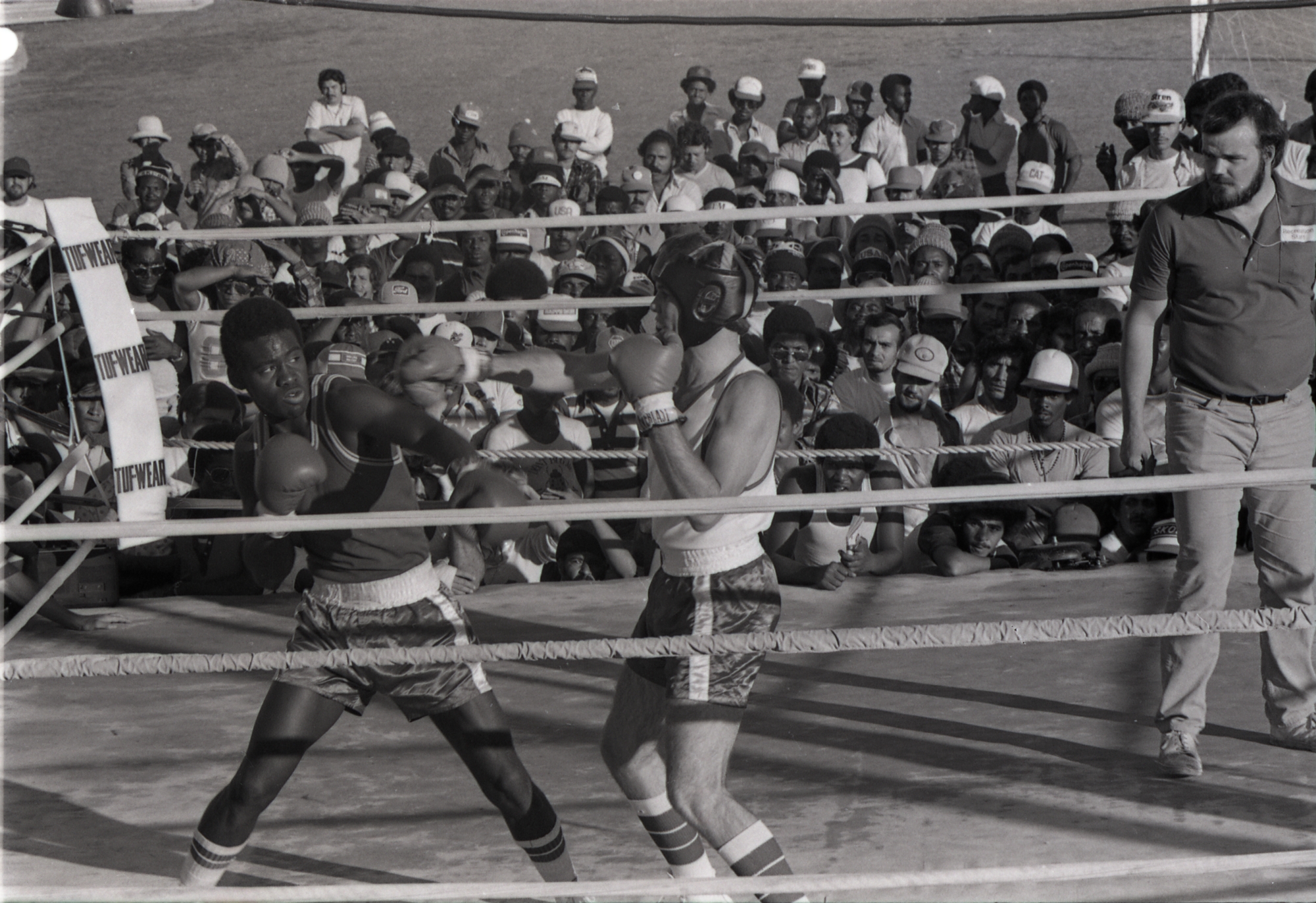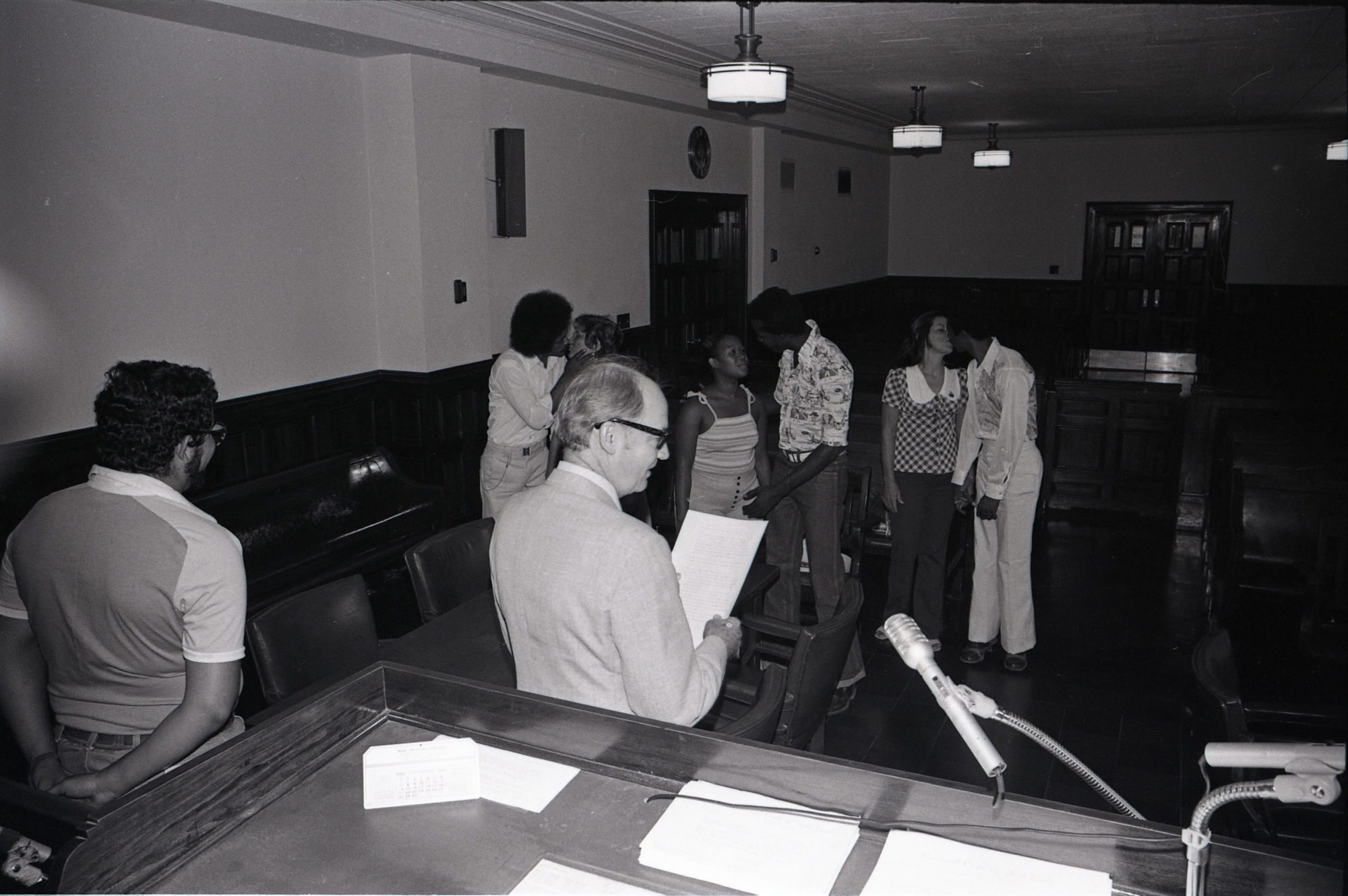Fort Chaffee Camp Culture



The culture that developed at Fort Chaffee was a mix between trying to make the most of things and a growing impatience for not being resettled. Many of the Cuban refugees felt as though they were in a prison and better off in Cuba. The Cubans were under constant surveillance, many of the refugees questioned whether they were in prison or a resettlement camp due to the large barbed wire fence around the camp. There was also a hostility between the people of the surrounding community and the Cubans that boiled over during the riots.
Despite the tensions and frustrations, many participated in activities like baseball, judo, and boxing, which were all documented in the camp’s newsletter, La Vida Nueva. The newsletter served as an outlet for refugees who were selected to write, but also served to twist the narrative of how things were going at Fort Chaffee to create a divide between the “good” and “bad” Cubans at Fort Chaffee. The Cubans were also taught American customs through La Vida Nueva by having lessons written in the newsletter. The newsletter was in English and Spanish with a section from February 1981 that emphasized the importance of learning English for the Cubans at Fort Chaffee.
Camp life at Fort Chaffee was described as being filled with “monotony, waiting, and frustration.” The frustration and hopelessness led to unrest and led to the major June 1st riot. Following the riot, additional security measures were implemented to ease the minds of locals who perceived the Cubans as violent and believing Castro when he said he was sending his undesirables to the United States with the Mariel Boatlift.
Despite the frustrating circumstances, many of the refugees had weddings, celebrated holidays, and tried to make the most of their circumstances. These weddings and celebrations show that life did not stop for them, it was on merely on hold while awaiting permanent settlement.
The uncertainty of being held in limbo led to unrest and conflict throughout their time at Fort Chaffee. The group was heavily stigmatized so there was a reluctance to sponsor those who seemed “problematic.” When Fort Chaffee closed in 1982, 395 Cubans who did not find sponsors were transferred to the Department of Justice where many were sent to prison facilities.